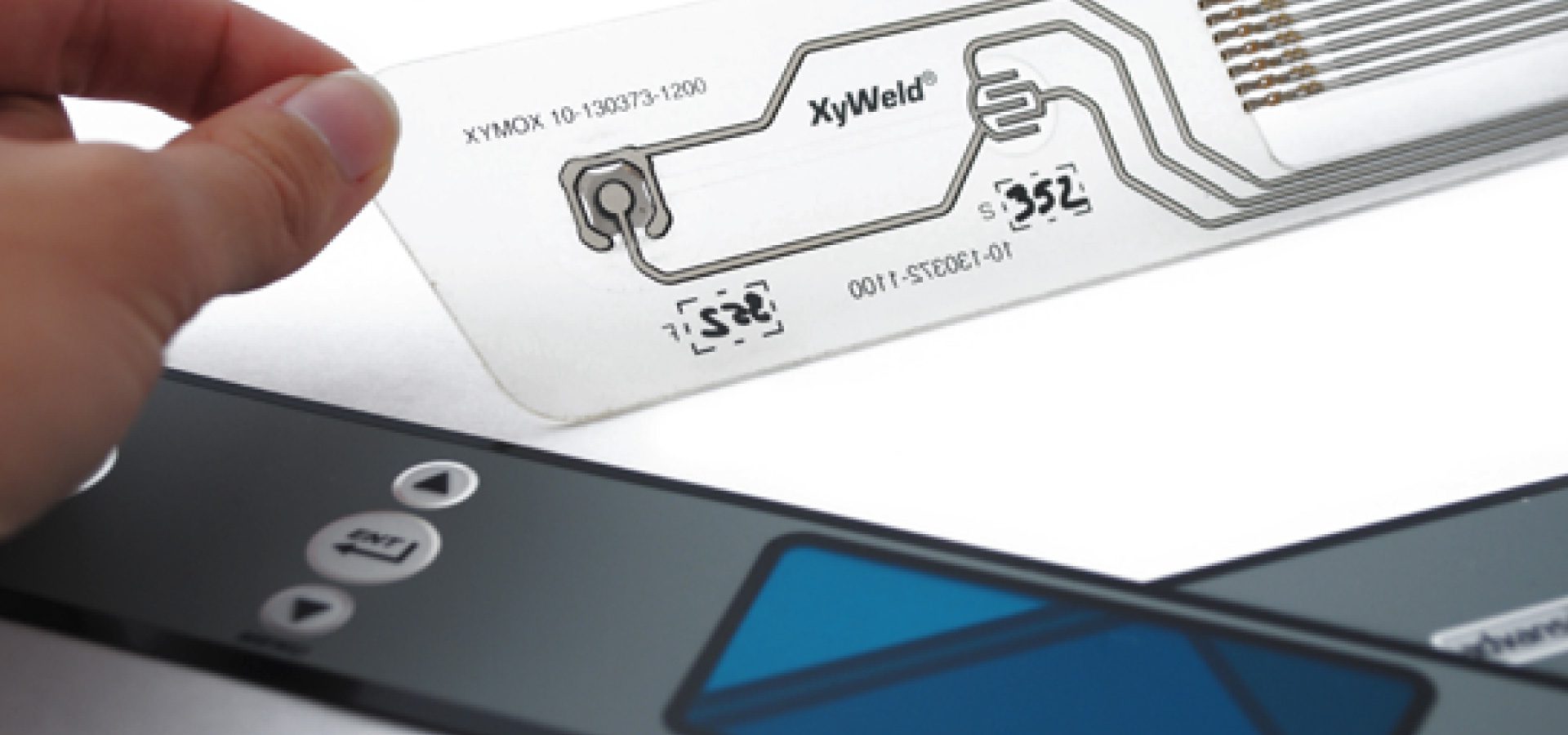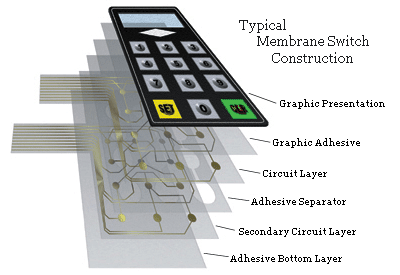How Membrane Switches Are Designed for Easy Maintenance and Repair
How Membrane Switches Are Designed for Easy Maintenance and Repair
Blog Article
Understanding the Value of Membrane Switches in User Interfaces
Membrane buttons are important elements in the layout of effective interface, facilitating not just performance however likewise enhancing aesthetic allure and individual communication. Their one-of-a-kind attributes, such as resistance to adjustable layouts and environmental factors, make them appropriate for a varied selection of applications throughout multiple sectors. As we check out the various advantages and future trends related to Membrane innovation, it comes to be clear that these buttons are greater than just components; they represent a merging of advancement and usefulness. The implications of this innovation on individual experience are worth taking a look at further.
What Are Membrane Switches?

The spacer layer, which consists of sticky residential properties, enables the separation of the circuit layer from the overlay, making sure that the switch continues to be in a non-activated state until pushed. When stress is related to the overlay, it compresses the spacer layer, linking the gap and completing the circuit in the underlying layer. This design not just decreases the physical room required for traditional mechanical buttons yet additionally improves the resilience of the gadget, as Membrane switches are normally resistant to dirt, wetness, and other environmental variables.
Generally located in applications varying from customer electronic devices to clinical gadgets, Membrane switches are integral to modern-day innovation, providing a straightforward and effective user interface that straightens with modern design demands.
Benefits of Membrane Buttons
While many switch innovations exist, Membrane Switches offer distinctive advantages that make them specifically preferable in numerous applications. Among the key benefits of Membrane switches is their small design, which permits space-saving executions in devices where realty is restricted. Their thin account not only enhances visual appeal however additionally facilitates light-weight construction.
Another substantial benefit is their resistance to ecological factors. Membrane buttons are commonly sealed versus wetness, dirt, and pollutants, making them perfect for use popular environments, such as medical devices and commercial tools. This toughness expands the life expectancy of the button, minimizing upkeep prices and boosting dependability.
Additionally, Membrane buttons can be tailored to satisfy specific design requirements, incorporating distinct graphics and colors that improve individual interaction. Their tactile feedback choices can additionally be tailored to provide an enjoyable individual experience. Furthermore, Membrane switches are cost-effective, specifically in high-volume applications, as they can be produced efficiently.
Applications in Various Industries

In the customer web electronic devices market, Membrane buttons are widespread in gadgets such as microwaves, washing equipments, and remote controls. Their tactile feedback and visual alternatives boost customer experience while providing a sleek, contemporary appearance. Furthermore, automotive makers use Membrane buttons in control panel controls and infotainment systems, where room is restricted, and individual involvement is important.
Furthermore, the industrial field leverages Membrane switches in control panels for machinery and equipment, permitting intuitive operation in commonly harsh settings. Their resistance to chemicals and wetness makes sure long life and dependability in these applications. Generally, the versatility of Membrane Switches contributes significantly to their prevalent usage, making them crucial in numerous technological domain names.
Design Factors To Consider for Membrane Switches

When creating Membrane buttons, numerous crucial considerations have to be taken into consideration to make certain ideal performance and individual experience. First of all, the choice of products is critical; choosing resilient, top notch substratums can enhance the switch's longevity and resistance to environmental variables such as wetness and temperature changes.
Second of all, the style of the graphic overlay must prioritize quality and ease of use. Symbols and message must be clear, and the format must help with intuitive communication (membrane switches). Furthermore, responsive responses is necessary; incorporating a tactile dome or other mechanisms can enhance the individual experience by offering physical verification of you could try this out activation
One more crucial variable is the button's electrical efficiency. Developers must ensure that the conductive traces are appropriately developed to decrease resistance and prevent signal disturbance. This entails assessing the needed actuation force and ensuring compatibility with the electronic parts they will certainly interface with.

Future Trends in Membrane Modern Technology
As technology proceeds to breakthrough, Membrane switches are poised to progress considerably, driven by developments in materials and manufacturing methods. One emerging pattern is the incorporation of innovative materials, such as flexible substrates and conductive inks, which enhance sturdiness and decrease the total weight of Membrane buttons. These products not only boost the responsive reaction but likewise allow for the style of buttons that can endure harsher ecological problems.
Furthermore, the combination of touch-sensitive innovations is transforming standard Membrane Switches into more interactive user interfaces. Capacitive touch sensing units installed within Membrane switch panels can offer a more receptive and user-friendly customer experience, a knockout post straightening with the expanding demand for sleek, modern-day styles in customer electronics.
Furthermore, developments in printing methods, such as digital and 3D printing, make it possible for quick prototyping and personalization of Membrane switches. This flexibility enables producers to respond much more rapidly to market needs and customer preferences.
Last but not least, sustainability is ending up being a considerable emphasis, with makers exploring environmentally friendly materials and procedures. As these fads unravel, the future of Membrane modern technology guarantees enhanced performance, visual allure, and ecological duty, solidifying their duty in innovative user interfaces throughout numerous markets.
Final Thought
In verdict, Membrane Switches represent a vital part in the design of individual interfaces, incorporating performance with aesthetic adaptability. As improvements in technology continue, the evolution of Membrane switches is expected to additional improve individual interfaces, driving technology and boosting use in an increasingly complex technical landscape.
Membrane switches are integral parts in the style of reliable customer interfaces, helping with not only functionality however likewise enhancing aesthetic appeal and user interaction.Membrane Switches offer as a vital part in numerous individual interfaces, helping with a seamless communication in between customers and electronic devices.While many button technologies exist, Membrane Switches deal distinct benefits that make them particularly desirable in various applications.Moreover, Membrane switches can be customized to fulfill specific style requirements, integrating distinct graphics and shades that enhance customer interaction.In conclusion, Membrane Switches represent an important component in the layout of customer interfaces, incorporating capability with aesthetic adaptability.
Report this page